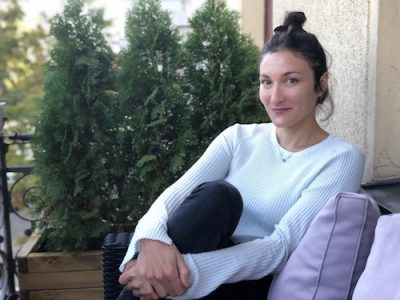“Emilia Pérez’s” Oscar-Nominated Cinematographer Paul Guilhaume on Finding the Light in the Darkness
By now, you’ve either seen or definitely heard about Emilia Pérez. If you haven’t yet seen the film, then likely the first thing you heard was about its accolades—it’s the most Oscar-nominated film of the year, 13 in all. The other story that you’ve definitely heard about is the attention swirling around Emilia herself, Karla Sofía Gascón, the Oscar-nominated star of the film, who is at the center of controversy over her offensive, now-deleted social media posts that have drawn outrage and led to several apologies from Gascón. Before these hurtful comments came to light, what people were drawn to was a film made up of and performed by some immensely talented people who were elevated not only by Gascón’s performance (she’s the first transgender woman to be nominated for best performance by an actress), but by performances by her Oscar-nominated counterpart Zoe Saldana, a perfectly cast Selena Gomez, and a filmmaking team that cohered to get Pérez nominated for Best Picture, along with nominations in a slew of craft categories, including makeup and hairstyling, original score, original song, adapted screenplay, sound, and a best director nomination for Jacques Audiard.
For those still not clued into what swept Emilia Pérez through this whirlwind Oscar season and why it’s been such a hot topic even long before the controversy, here’s the plot sketch: a seasoned cartel leader transitions to live as a woman, then partners with the lawyer who made it possible in order to take on an entirely new moral identity in a libretto-meets-film noir from aforementioned French director Jacques Audiard (A Prophet, Paris, 13th District). Zoe Saldaña stars as lawyer Rita, and when we first meet Gascón, she’s the cartel kingpin Manitas. After winning a high-profile but morally dubious murder case, Rita is enlisted to help Manita’s transition and disappear, then move her client’s wife, Jessi (Selena Gomez), and children safely to Switzerland.
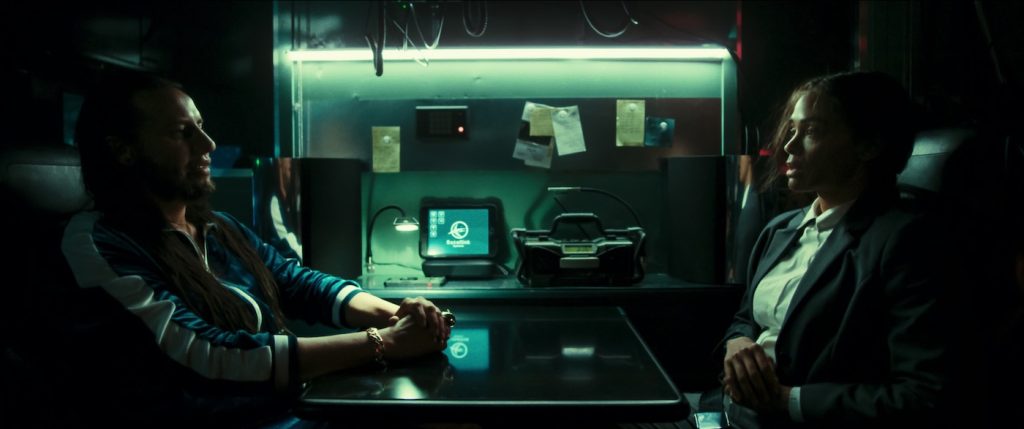
“The movie had been looking for its own identity. It was drifting [between] so many possibilities. At one point, it was almost two projects, one with music, one without,” said Paul Guilhaume, Audiard’s Oscar-nominated cinematographer, who also worked with him on Paris, 13th District and The Bureau. After multiple screen tests and scouting in Mexico, Audiard arrived at the idea of making Emilia Pérez an opera and film in one. “He wanted to take the film away from reality and not make anything that would be too anchored into social or geographical reality,” said Guilhaume. Visiting clinics in Bangkok and Tel Aviv, scenes punctuated by musical numbers theatrical yet poignant, Rita completes her client’s mission, then expects never to see her again. But Emilia emerges at a dinner in London to seek out Rita’s help again. She needs her children back and entrusts Rita to be the fixer to deliver them. Jessi and Rita will be introduced to her household in Mexico, where she will be introduced as the children’s aunt.
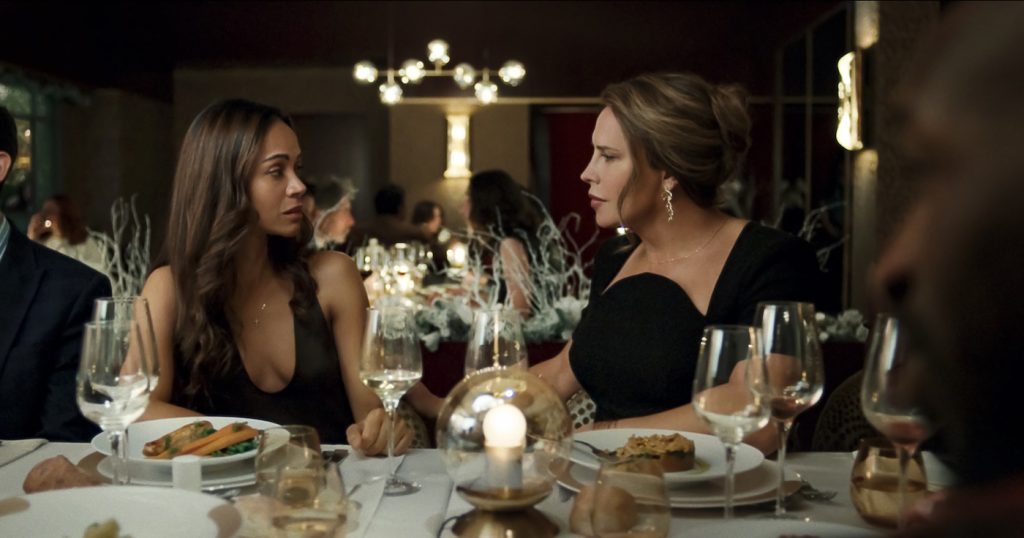
Audiard, Guilhaume, and the VFX team progressively adjusted the film’s aesthetic, always looking for a balance between the studio setting and a sense of realism. “This was how the project itself guided its own aesthetic,” Guilhaume said. Its beating heart is the musical numbers, which vary widely in their stylistic approach. Back in Mexico and focused on anti-cartel work, for example, Rita takes the stage in an electrifying solo performance at a charity gala.
“She had to take control of the film, and visually, this translated to taking control of the lighting. She points it in different directions in space. She takes control of the camera, which seems to be almost magnetized to her face, following her movements,” Guilhaume explained. At each juncture, the story drove the idea of how to film, particularly in terms of the musical elements. “A very important thing in Jacques’ mind was that the movie would be a musical where the story is incorporated in the songs, as opposed to a story that would develop, and then we reach a musical and dance moment that just sums everything up,” the cinematographer said.
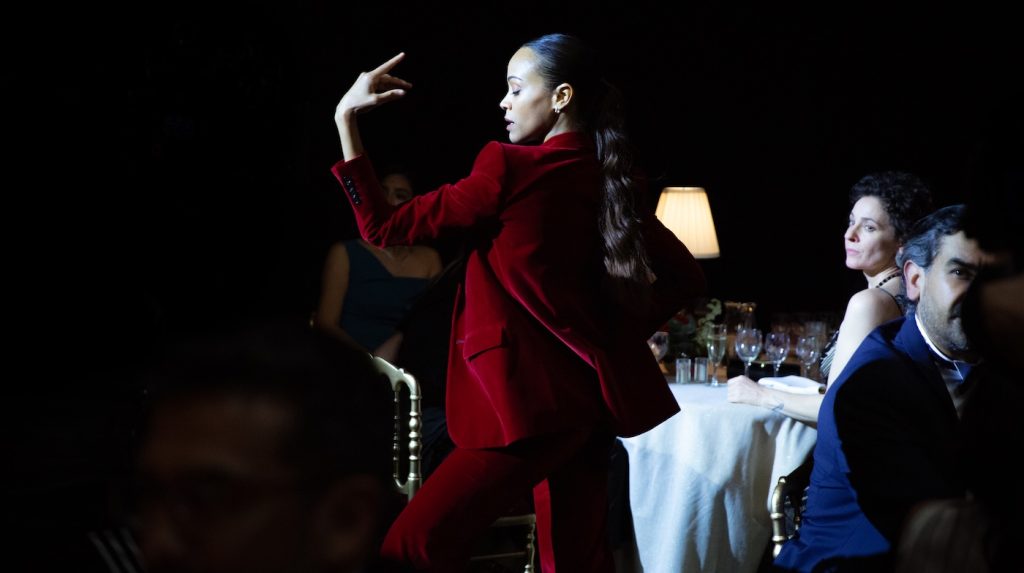
Emilia Pérez also has a distinctly different feeling in the first and second acts—the former is dark and gritty, and the second, as the women expose the cartels’ sins, is itself comparatively flooded with light. “As a DP, when you receive a script, and you have a fourth of the film, or maybe more, happening at night, you are really thrilled. But then come all the problems and the questions. How do we tell the story with the right amount of darkness but still keeps some energy?” Guilhaume said. He and Audiard achieved this by using almost entirely practical lighting in the studio setting where the film was primarily shot. In addition to creating contrast and richness, “it brings us an image that’s very dynamic, because when the camera moves, it captures a subtle flare or a shift in the contrast, it creates little accidents which can be what we miss when we film in a studio,” he said.
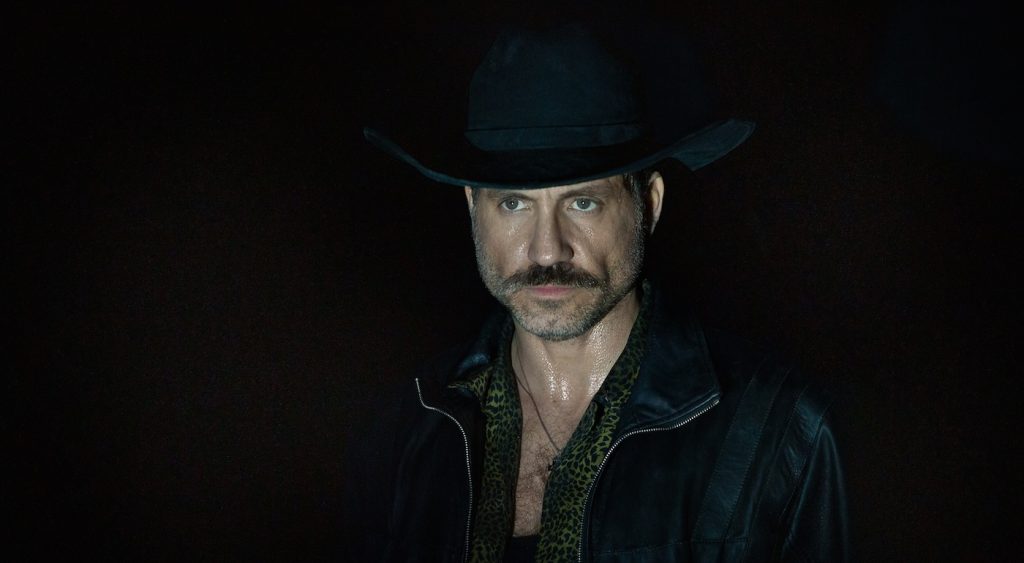
The film also balances theatricality with realism through movement. Whether it’s the lighting, camera, or what the actors are doing, Guilhaume explained, “the key thing is to find movement and energy in each frame, sequence, and act of the film.”
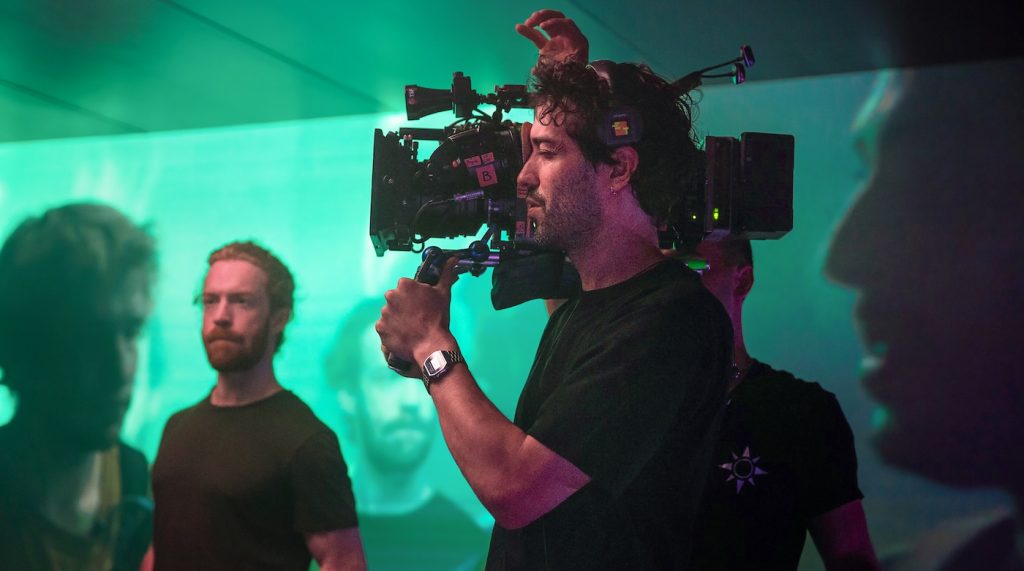
Even in the editing, “you can see that they subtly guide your eyes from one side of the screen, and then next cut, the eyes are starting from the same place. It keeps the audience on their toes in terms of movement,” he said. For Guilhaume, this temporal approach to Emilia Pérez was a new aspect of his cooperation with director Audiard, an acclaimed director as hard to categorize as the project itself. “He’d rather take huge risks on each project than do what he’s already known to be good at. He totally could have done A Prophet all of his life, you know? But he just kept on reinventing himself.” Guilhaume said. “In the process, he’s going in a direction where we don’t know anything, but we’re going to find it.”
For more on Emilia Pérez, check out these stories:
Oscar Nominated Makeup Artist Julia Floch-Carbonel on the Beauty of Transformation in “Emilia Pérez”
For more on big Netflix titles, check these out:
Netflix Unveils 2025 Slate: “Stranger Things,” “Squid Game,” “Happy Gilmore 2” and More
Featured image: Emilia Pérez. (Featured) Selena Gomez as Jessi on the set of Emilia Pérez. Cr. PAGE 114 – WHY NOT PRODUCTIONS – PATHÉ FILMS – FRANCE 2 CINÉMA © 2024.


